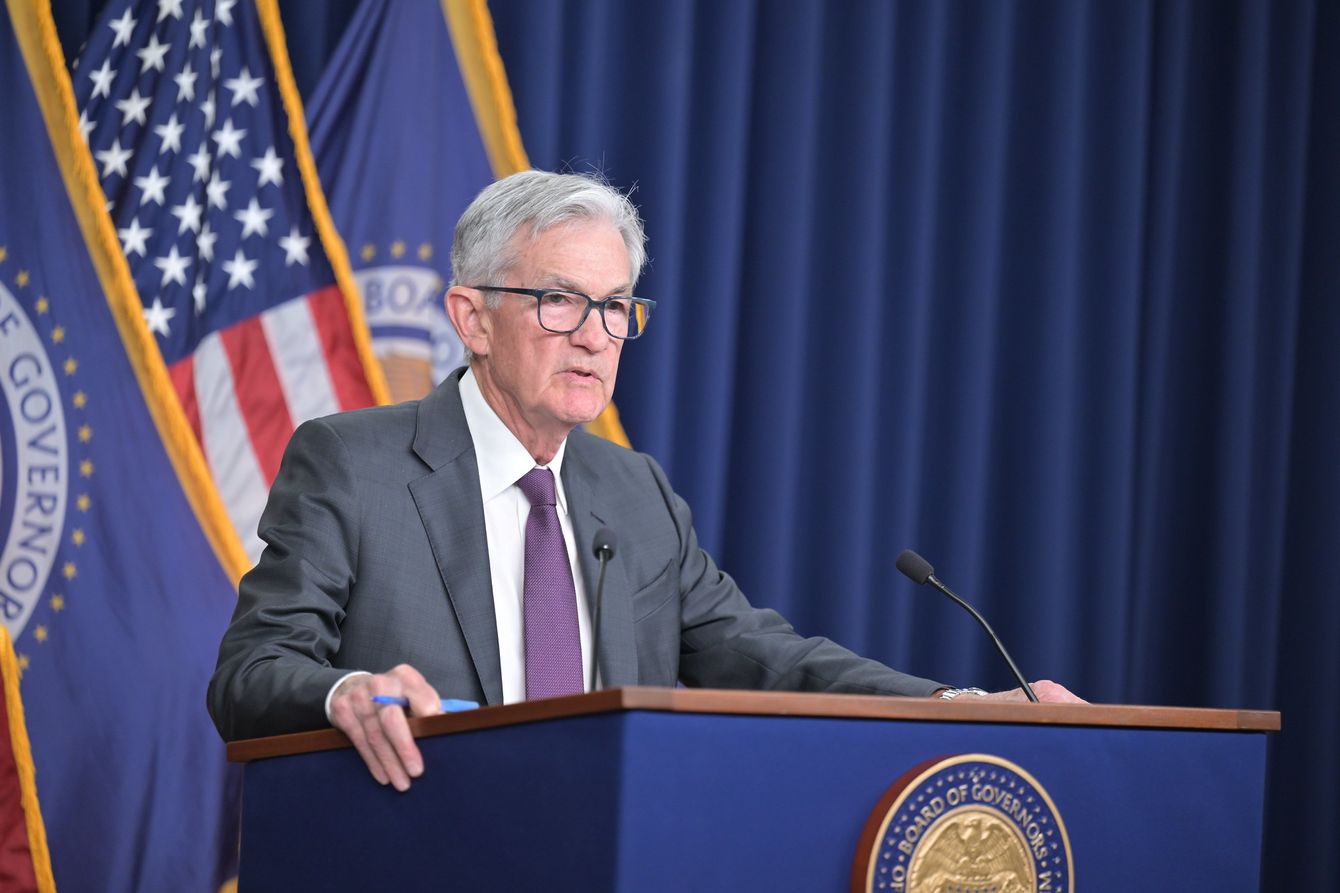(Kitco News) - The gold market continues to hover around $2,900 an ounce as Federal Reserve Chair Jerome Powell maintains a neutral monetary policy.
Powell reiterated the central bank’s current stance that it is in no hurry to cut interest rates as the U.S. economy and labor market remain healthy, and inflation risks remain elevated.
“If the economy remains strong but inflation does not continue to move sustainably toward 2 percent, we can maintain policy restraint for longer. If the labor market were to weaken unexpectedly or inflation were to fall more quickly than anticipated, we can ease policy accordingly,” Powell said in his opening remarks at the University of Chicago Booth School of Business 2025 U.S. Monetary Policy Forum. “Our current policy stance is well-positioned to deal with the risks and uncertainties that we face in pursuing both sides of our dual mandate.”
Powell made no significant comments in his opening remarks on the brewing economic uncertainty and on-again, off-again trade wars that have roiled markets, only noting that economic uncertainty remains high.
“Recent indicators point to a possible moderation in consumer spending relative to the rapid growth rate over the second half of 2024. Further, recent surveys of households and businesses point to heightened uncertainty about the economic outlook. It remains to be seen how these developments might affect future spending and investment. Sentiment readings have not been a good predictor of consumption growth in recent years. We continue to carefully monitor a variety of indicators of household and business spending,” he said in his remarks.
The gold market is not reacting much to Powell’s neutral stance. Spot gold last traded at $2,905.90, down 0.20% on the day.
At the start of the Question and Answer part of the discussion Powell said that tariffs on imported goods will raise inflation; however, he dismissed the threat of higher consumer prices in his prepared remarks.
“We pay close attention to a broad range of measures of inflation expectations, and some near-term measures have recently moved up. We see this in both market- and survey-based measures, and survey respondents, both consumers and businesses, are mentioning tariffs as a driving factor. Beyond the next year or so, however, most measures of longer-term expectations remain stable and consistent with our 2 percent inflation goal,” he said.

